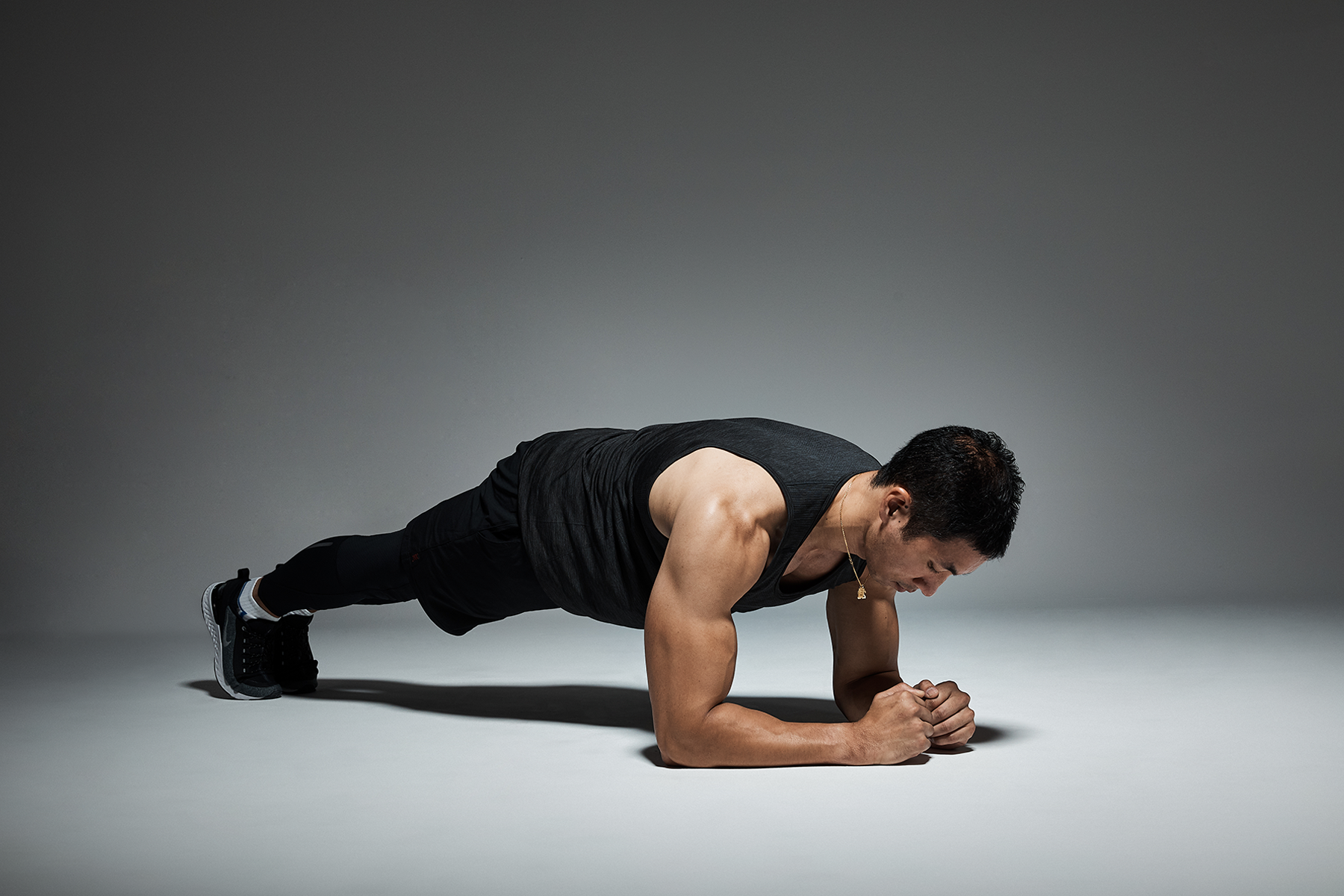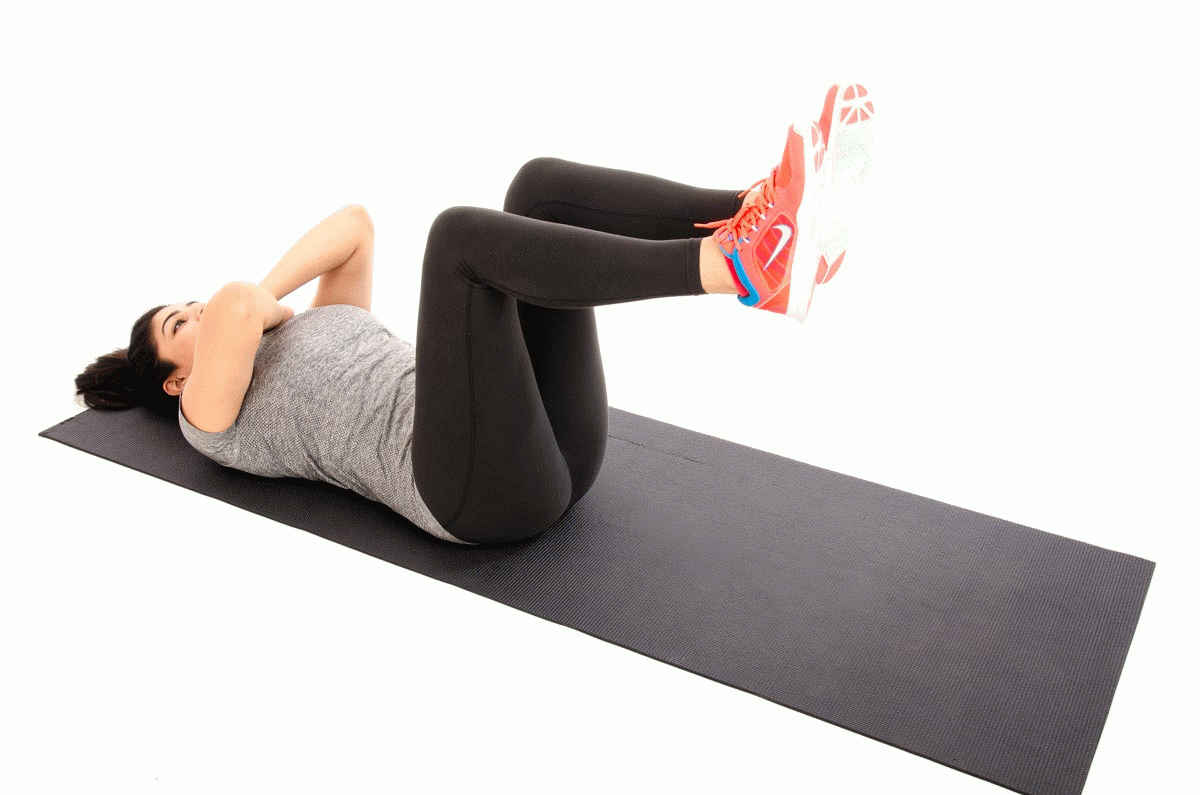Even if you’ve never watched an exercise programme, read a fitness magazine, or stepped foot inside a gym, you’ve undoubtedly heard the expression “activate your core” at least once in your life. It may be softly urged on at times, or it may be shouted at you as you finish your last rep.
You can be confused about your core, what it means to engage it, and how to go about doing so.
The muscles that surround your trunk, such as your abdominals, obliques, diaphragm, pelvic floor, trunk extensors, and hip flexors, make up your core.
The core gives your trunk stability for actions like lifting weights and getting out of a chair, as well as for balance. Also, it offers flexibility so that you may shift your torso as necessary, such when you reach for your seatbelt or swing a golf club.
Read More: Say Goodbye to Anxiety: 10 Natural Solutions to Reduce Stress
Also, your core muscles help you breathe, manage your posture, urinate, and defecate on a daily basis.
Your diaphragm is crucial in allowing air to enter and exit your lungs during each inhalation and exhalation. Your core muscles engage to maintain your trunk upright when you sit up straight. These are there to start and halt your business when you use the loo.
This article defines the core muscles, explains how they contribute to trunk stability and mobility, and lists core exercises you may include in your training routine.

What muscles make up your core?
Your core muscles are made up of several muscle groups.
1. Abdominal Muscles.
The rectus abdominis, sometimes referred to as the “six-pack muscle,” connects from the front of the pelvis to the lower ribs. Your spine flexes as you sit up in bed or do crunches, which is the main motion it makes.
As this muscle is the most superficial of the core muscles, it is less effective for maintaining spinal stability.
2. Obliques, both internal and exterior.
From your ribs to your pelvis, the internal and external obliques connect on the lateral sides of the trunk. They stabilise the front and sides of the trunk statically.
Their main motions are side bending and trunk rotation, as when you swing a baseball bat. They also bend the spine when they are working bilaterally.
3. Abdominal Transversus.
The lower six ribs, the top and back of the pelvis, and other locations are where the transversus abdominis begins. In order to reach the linea alba, or midline, its fibres wrap horizontally across the body. Its function is to support the spine and is the deepest abdominal muscle.
As the transversus abdominis is contracted, the multifidus muscle co-contracts with it to give the lower back in particular profound, segmental stability.
Strengthening these muscles is frequently beneficial for those with persistent low back pain.
Genital Floor.
On the underside of the pelvis, the pelvic floor muscles function like a sling or hammock. They raise upward and towards the stomach when activated.
In addition to acting as deep spine and pelvic stabilisers, these muscles help initiate and terminate the passage of urine and excrement.

Diaphragm.
Your lower ribs’ undersides are where the diaphragm connects.
In addition to being the main muscle involved in breathing in and out, new research indicates that it is also crucial for cardiac function, lymphatic return, controlling emotional moods, swallowing and vomiting, spinal stability, and pain tolerance (9Trusted Source).
Back extensors.
Your quadratus lumborum, multifidus, and erector spinae muscles make up your multilayered back extensors. Typically, they join a vertebra to the vertebrae above and below or the spine to the pelvis.
Their main purposes are to support the spine when you bend forward and raise weights, such as while performing squats or biceps curls, spinal extension (bending backward), and postural support.
Iliopsoas.
The iliacus and psoas major are two hip flexors that come together to form a single muscular belly, thus the name iliopsoas. They come from the iliac crest of the pelvis (ilacus) and the thoracic and lumbar spine (psoas) and insert on the femur, or upper leg bone.
When you perform high knee exercises, for example, the iliopsoas contracts to flex the hip or bring your legs closer to your body. Nevertheless it is regarded as a deep core stabiliser because it is also related to the spine.
How to activate the core.
Depending on your goals, using your core muscles might imply a variety of things. For instance, when performing situps, various muscles are activated, and they fire in a different order than when attempting to maintain balance while standing on one leg.
Also, the sensation your muscles produce when you contract them can vary based on a number of variables, including whether you’re pushing or pulling weight and whether you’re standing, sitting, or lying down.

Regardless of how, when, or why you use your core, it’s critical to understand that these muscles all work in unison throughout movement. They don’t operate independently.
To have a core that is genuinely strong and functional, you must be able to use it in any scenario and movement, giving your moving body dynamic stability and spinal support. In this post, we’ll talk about the four main strategies to activate your core.
concentric back or abdominal contraction.
You use your core muscles as the main movers when performing classic ab exercises like crunches or back exercises like the superman.
For instance, during a crunch, your rectus abdominis and obliques shorten and contract concentrically to draw your ribs towards your hips while elevating your shoulders and head.
To move or speed up the body, concentrate contractions are employed.
For many individuals, these kinds of muscular contractions are the most recognisable.
eccentric back or abdominal contraction.
Eccentric contractions are employed to slow down the body’s force or motion. They usually take place in combination with a concentric contraction on the opposite side of the joint and are lengthening contractions.
For instance, if you’re slouching while working at your desk, straightening and lifting your spine will cause two contractions: concentric contractions in the spinal extensors and eccentric, or lengthening, contractions in the abdominals.
For core function, both are crucial.

Abdominal Support.
An isometric contraction of your abdominal wall muscles known as abdominal bracing prevents your spine, ribs, or pelvis from moving or changing position.
While transferring big loads, such when lifting weights, it is utilised to protect the spine.
Abdominal bracing is preferable for engaging the superficial abdominal muscles, according to research.
Abdominal hollowing or draw-in.
As you concentrate on bringing your navel to your spine, you perform the abdominal draw-in motion, sometimes referred to as the abdominal hollowing. The most efficient way to think of this form of contraction is as a dynamic component of your exhale. It is employed for stability, such as bracing.
There are strong advocates for both types of stabilising contractions, but the best functioning core is one that is proficient in both bracing and hollowing methods and employs each one as needed.
Exercises to strengthen your core.
The simple abdominal stability exercises shown here can help you activate your core. Although by no means thorough, they can assist you learn how to activate your abs.
The pull in the abdomen.
With your legs bent, lie on your back. (You may also perform this while erect in your seat. Inhale.
Imagine pulling your belly button to your spine as you exhale to draw your stomach in. The muscles in your sides and abdomen may tighten, but you should still be able to breathe. Make sure your back isn’t arched or pressing into the floor. Your back shouldn’t move.
For 5 to 10 seconds, hold. Relax. Repeat.
The beam.
Start on your hands and toes in the pushup posture. You can go down on your knees if this is too challenging.
Keep your buttocks in line with the rest of your body while drawing your abdomen towards your spine. Your whole abdominal muscles should be active.
For 20 to 60 seconds, maintain this posture.
It’s crucial to remember that this workout places a lot of strain on your spine. It’s a good idea to avoid this exercise if you have back problems, or you may alter it by doing a wall plank or a plank on your knees.
– Lady performing a high plank on a yoga mat.
The side step.
Lay on your side with one foot on top of the other, elbow on the floor. You’ll be supported in the upper body. For increased balance, extend your upper arm towards the sky or maintain the hand on the ground.
Your forearm and the side of your foot should be supporting you as you lift your hips into the air and straighten your legs. If you find that this is too difficult, keep your knees on the ground and draw a straight line from your knee to your head.
Preserve proper foot, hip, and elbow alignment. Keep your shoulder over your elbow as well. The obliques on your lower side should be active.
For 20 to 60 seconds, maintain this posture.
As if you were a table, begin on your hands and knees. Try to keep your spine neutral.
One arm should be extended in front of you so that it is parallel to your body and head.
The opposing leg should be extended behind you, parallel to your body and arm. Instead of turning out to the side, make sure to maintain your hips pointing down towards the floor. Your back and abdominal muscles ought to be active.
Repeat with the other arm and leg after holding the first one for 5 seconds.
A deceased bug with your knees bent and your feet flat, lie on your back.While you elevate your knees to a 90-degree angle with your hips and knees, tighten your abdominal muscles and maintain a flat back.
Tap one toe gently on the floor then come back.
Extend your arms straight up above your shoulders to heighten the challenge. Reach the opposite arm back above as you place one foot on the ground, maintaining your lower back on the floor and your ribs drawn in.
Keep your back flat and merely extend your leg as far as you can.
Go back and change sides.

The Spanning.
Knees bent and feet hip-distance apart, lie on your back.
Squeeze your buttocks and elevate them off the floor while maintaining a stable trunk and pelvis.
Hold for five counts.
Be calm and set your trunk back on the ground. Repeat.








